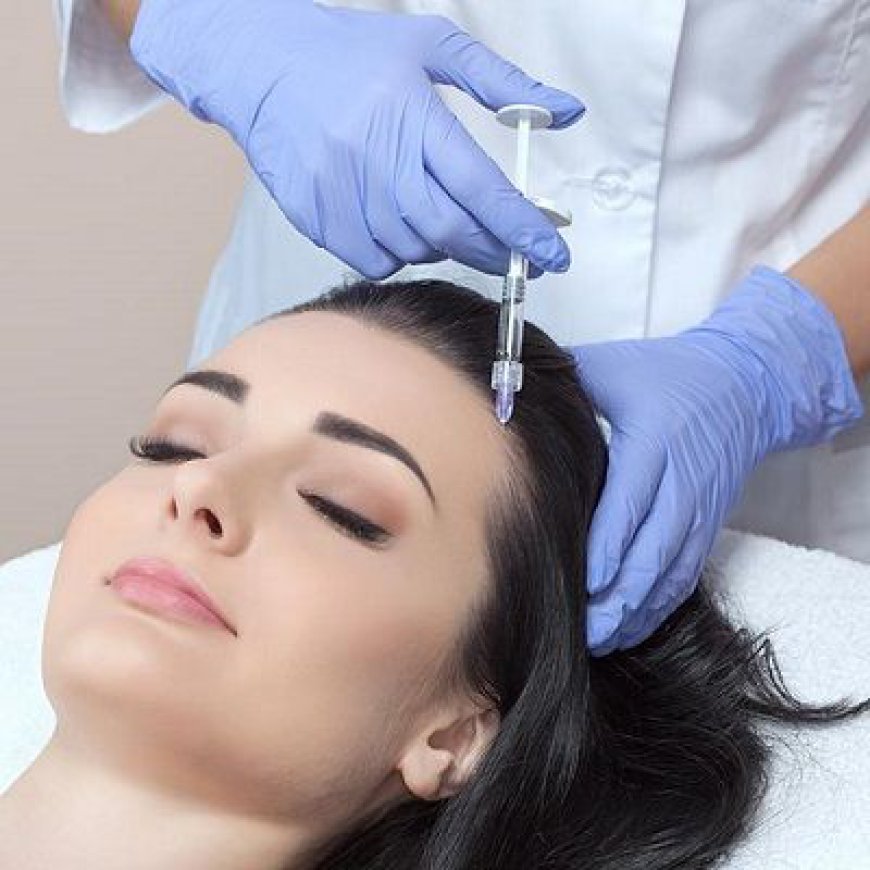Join our subscribers list to get the latest news, updates and special offers directly in your inbox
Hair loss can be a distressing experience for many individuals, leading to a search for effective solutions. Understanding the science behind hair regrowth is essential for those looking to regain their Hair Fall Treatment Dubai. This article delves into the biological processes involved in hair growth, the factors influencing it, and the treatments available to promote regrowth.
To grasp the complexities of hair regrowth, one must first understand the hair growth cycle, which consists of three main phases:
Anagen Phase: This is the active growth phase, lasting from two to seven years, during which hair follicles produce new hair cells. The length of this phase determines the maximum length of hair.
Catagen Phase: Following the anagen phase, hair enters the catagen phase, lasting about two to three weeks. During this transitional stage, hair growth slows, and the hair follicle shrinks.
Telogen Phase: The telogen phase is the resting phase, lasting around three months. At the end of this phase, the hair falls out, and the cycle begins anew as follicles enter the anagen phase again.

Several factors can impact hair regrowth, including:
Genetics: Family history plays a significant role in hair loss patterns. Conditions such as androgenetic alopecia (male or female pattern baldness) are hereditary.
Hormones: Hormonal changes, particularly those related to androgens, can affect hair growth. Conditions like polycystic ovary syndrome (PCOS) can lead to increased androgen levels, resulting in hair thinning.
Nutritional Deficiencies: Hair health is closely linked to nutrition. Deficiencies in vitamins and minerals such as iron, zinc, biotin, and vitamin D can contribute to hair loss.
Stress: Physical and emotional stress can disrupt the hair growth cycle, pushing more hair follicles into the telogen phase, leading to increased shedding.
Scalp Health: A healthy scalp is vital for hair growth. Conditions like dandruff, psoriasis, and fungal infections can hinder the growth process.
Numerous treatments are available for those experiencing hair loss, ranging from topical solutions to surgical interventions:
Topical Treatments: Minoxidil is a widely used over-the-counter topical solution that stimulates hair follicles and prolongs the anagen phase. It is effective for both men and women.
Oral Medications: Finasteride is a prescription medication for men that reduces levels of dihydrotestosterone (DHT), a hormone linked to hair loss.
Platelet-Rich Plasma (PRP) Therapy: This innovative treatment involves drawing the patient’s blood, processing it to concentrate the platelets, and injecting it into the scalp. The growth factors in PRP can stimulate hair follicles and promote regrowth.
Hair Transplant Surgery: For those with significant hair loss, hair transplant surgery can be a viable option. This procedure involves relocating hair follicles from a donor site to the balding areas.
Low-Level Laser Therapy (LLLT): This non-invasive treatment uses laser light to stimulate hair follicles, enhancing cellular activity and promoting hair growth.
Understanding the science behind hair regrowth reveals the intricate biological processes at play and the various factors influencing hair health. While hair loss can be disheartening, advancements in treatments offer hope for those seeking to restore their hair. Consultation with a healthcare professional can help individuals choose the most appropriate treatment for their specific needs, paving the way for renewed confidence and vitality.
xtorso Oct 8, 2024 0 7
pawsomeholistic Oct 29, 2024 0 9
anishbajrangi Oct 26, 2024 0 6
TheSixMoving Sep 23, 2024 2 7236
veronicablogz Sep 10, 2024 0 2701
veronicablogz Sep 10, 2024 0 444
sonalikaverma Oct 7, 2024 0 428
Zanto Oct 9, 2024 0 63
Zanto Oct 7, 2024 0 96
Zanto Oct 2, 2024 0 82